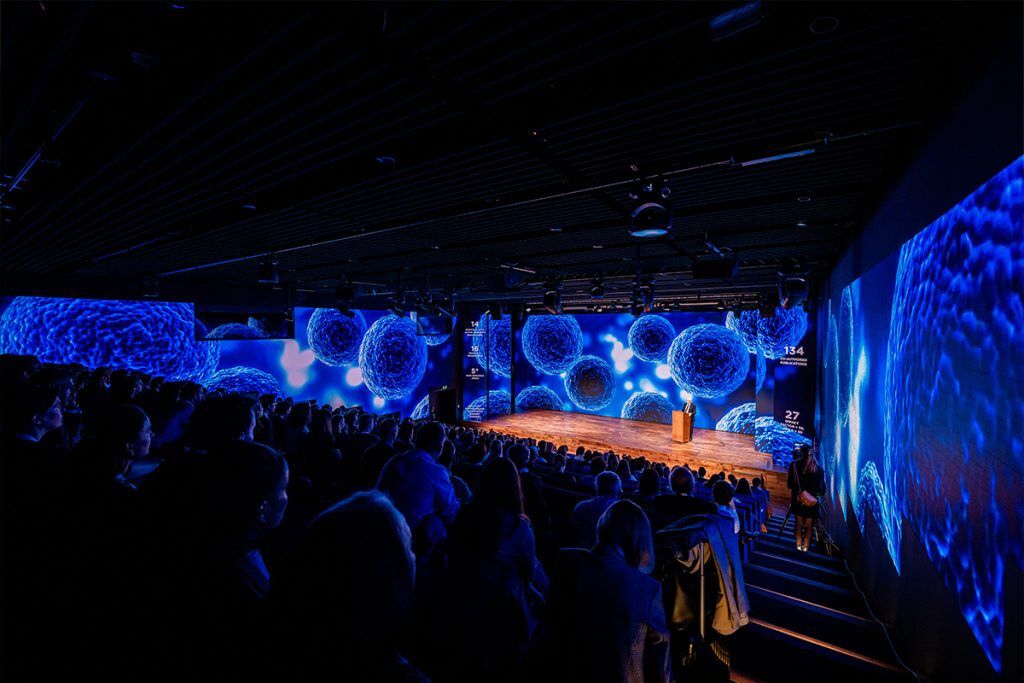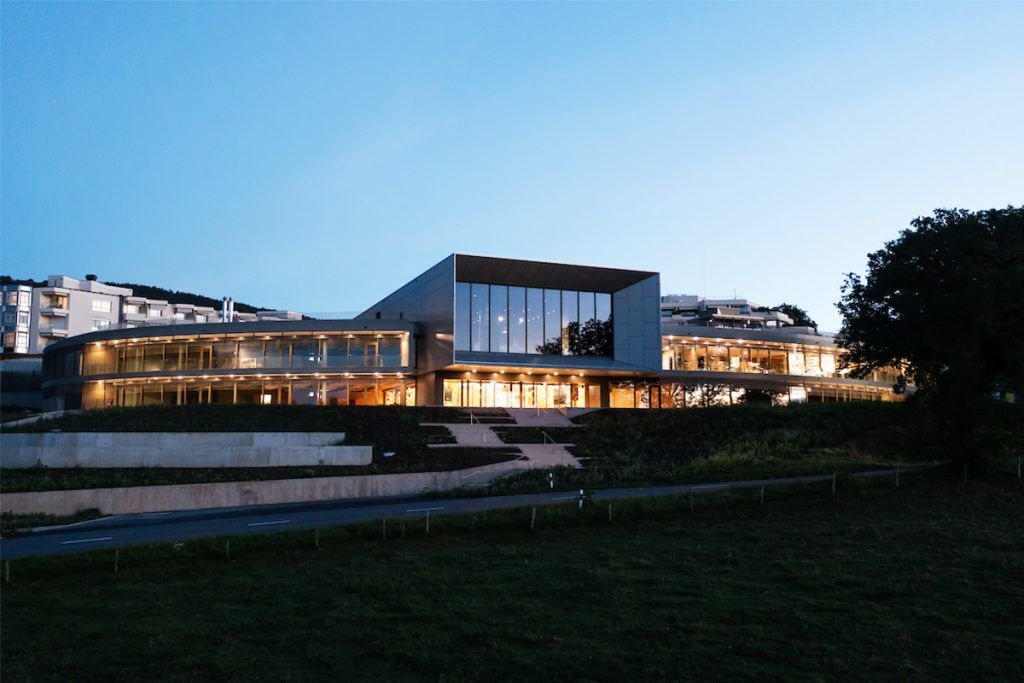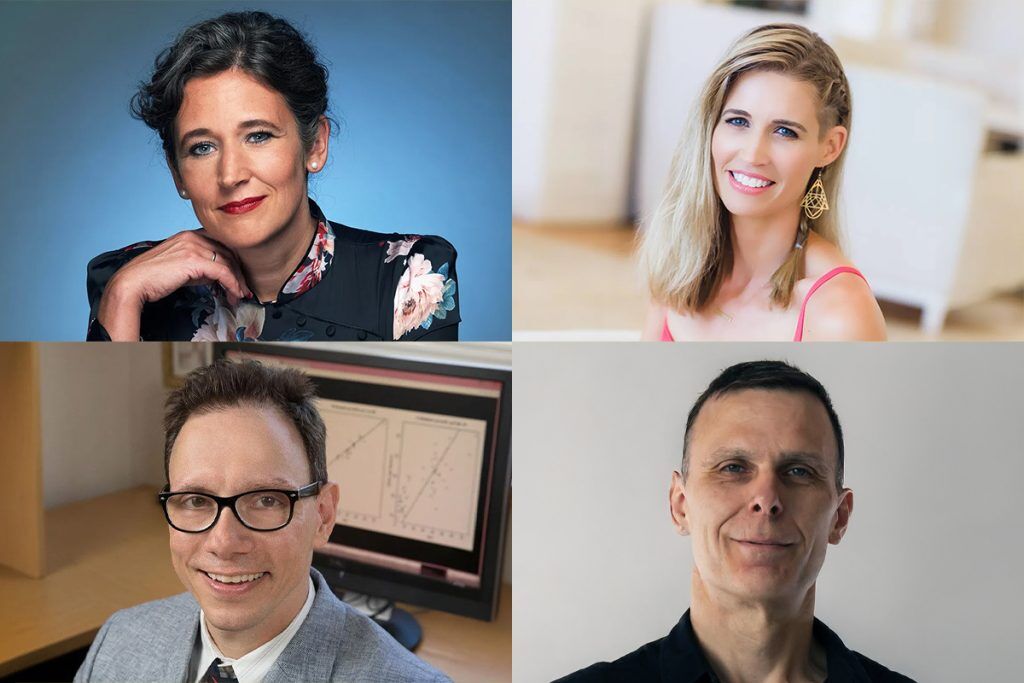
New Geneva event aims to bridge lab and clinic with A4M’s translational collaboration and practitioner reach.
As the longevity field expands across sectors and geographies, the distinction between thought leadership and implementation has never been more crucial. With that in mind, a new strategic alliance between the Global Longevity Summit and the American Academy of Anti-Aging Medicine (A4M) is aiming to create a platform not for speculation, but for action – aligning the scientific vanguard with clinical utility.
The inaugural Global Longevity Summit, to be held in Geneva from 28–30 October 2025, is positioning itself as a deliberately focused gathering of 300 researchers, physicians and stakeholders working at the intersection of aging science and medical practice. Its ambition: to close the persistent gap between emerging discoveries in areas such as glycan profiling, epigenetic clocks and senotherapeutics, and their real-world application in patient care.
Longevity.Technology: With longevity events proliferating at pace, it’s increasingly difficult for any single summit to rise above the noise – yet this new alliance between the Global Longevity Summit and A4M does so through focus rather than flash. By zeroing in on the translational frontier – where breakthrough science meets clinical application – and drawing on A4M’s deep roots in practitioner education, the summit signals a clear intent to move beyond rhetoric. Featuring speakers whose work has quite literally recalibrated how we measure biological age, and promising a tightly curated delegation in a setting designed for meaningful dialogue rather than mass-market spectacle, the event suggests that longevity medicine may finally be shifting from abstract to actionable – not through hype or scale, but through deliberate, integrative design.
Clinical translation in focus
The timing of this announcement reflects mounting pressure to operationalize aging science. With the global over-65 population expected to double by 2054 to 1.7 billion, the need to translate promising laboratory findings into validated clinical strategies has become urgent – and increasingly political. While biogerontology continues to accelerate at pace, many interventions remain years away from regulatory approval or broad deployment. The Summit‘s ambition is to create a collaborative space where clinicians and scientists can share not only insights but the logistical and regulatory frameworks needed to embed those insights into mainstream care.
A4M’s involvement speaks directly to this objective. As one of the most established platforms for continuing education in longevity medicine and health optimization, the organization brings substantial practitioner reach and decades of experience in implementation – giving the Summit immediate traction beyond the academic sphere. Its community includes tens of thousands of physicians across multiple disciplines, making it a powerful amplifier for applied aging science.

In recent years, interest in biological age measurement, multi-omic diagnostics and rejuvenation therapeutics has expanded rapidly across both academic and commercial domains. Yet enthusiasm alone does not guarantee implementation; for organizers of the Global Longevity Summit, the challenge lies in converting that momentum into a structured, collaborative ecosystem – one capable of supporting rigorous translation, responsible clinical integration and the development of standards that can carry aging interventions from research contexts into regulated care.
Not just talking heads
While many longevity events struggle to balance commercial ambition with scientific credibility, the Summit appears to have anchored its program in evidence-led expertise. Confirmed speakers include marquee name Dr Steve Horvath, whose epigenetic clocks remain a benchmark in age quantification research, and Dr Gordan Lauc, a leading figure in glycan-based diagnostics. Their inclusion lends the event both intellectual gravity and relevance to the current frontiers of the field.
Other A-listers include Matt Kaeberlein, Andrea Maier, Aubrey de Grey and Amy Killen.

Their presence also hints at the themes likely to dominate the Summit’s content: biological age as a clinical metric, the regulatory implications of multi-modal biomarkers, and the pathway from exploratory research to standardized interventions. That pathway, often fragmented, will be examined not just in keynote sessions but through collaborative formats designed to foster peer-to-peer engagement.
The event will be held at the Genolier Innovation Hub – a location chosen not only for its proximity to Swiss medtech and biotech infrastructure but also for its ability to accommodate smaller, intentional groups. According to organizers, this format will prioritize connection over spectacle, ensuring that outputs go beyond inspiration and begin to shape clinical behavior and regulatory thinking.
Moving from theory to standard
“Longevity has always lived in two worlds: the lab and the clinic,” said Doreen Brown, CEO of the Informa Connect Medical Division, which is organizing the Global Longevity Summit. “By partnering with A4M, we’re collapsing that wall and convening researchers, physicians, and industry leaders to decide how this science becomes medical standard.”
This goal – of normalizing longevity interventions within clinical protocols rather than niche practices – reflects a broader maturation of the field. Where once longevity was framed as a speculative endeavor, the emphasis now is on reproducibility, patient outcomes and health system readiness. For delegates, the Summit offers both insight and access: insight into some of the most pressing translational challenges in geroscience, and access to the community working to solve them.
While no single event can solve the complexities of aging medicine, building the right collaborative structures is likely to be an essential step toward genuine progress. If longevity science is to avoid becoming a parallel discipline – brilliant, but rarely adopted – then alignment between discovery and delivery must be actively designed.
Book for impact, not optics
In a calendar crowded with events promising to define the future of healthspan, the Global Longevity Summit sets its sights on something more pragmatic: shaping the path from breakthrough to bedside.


